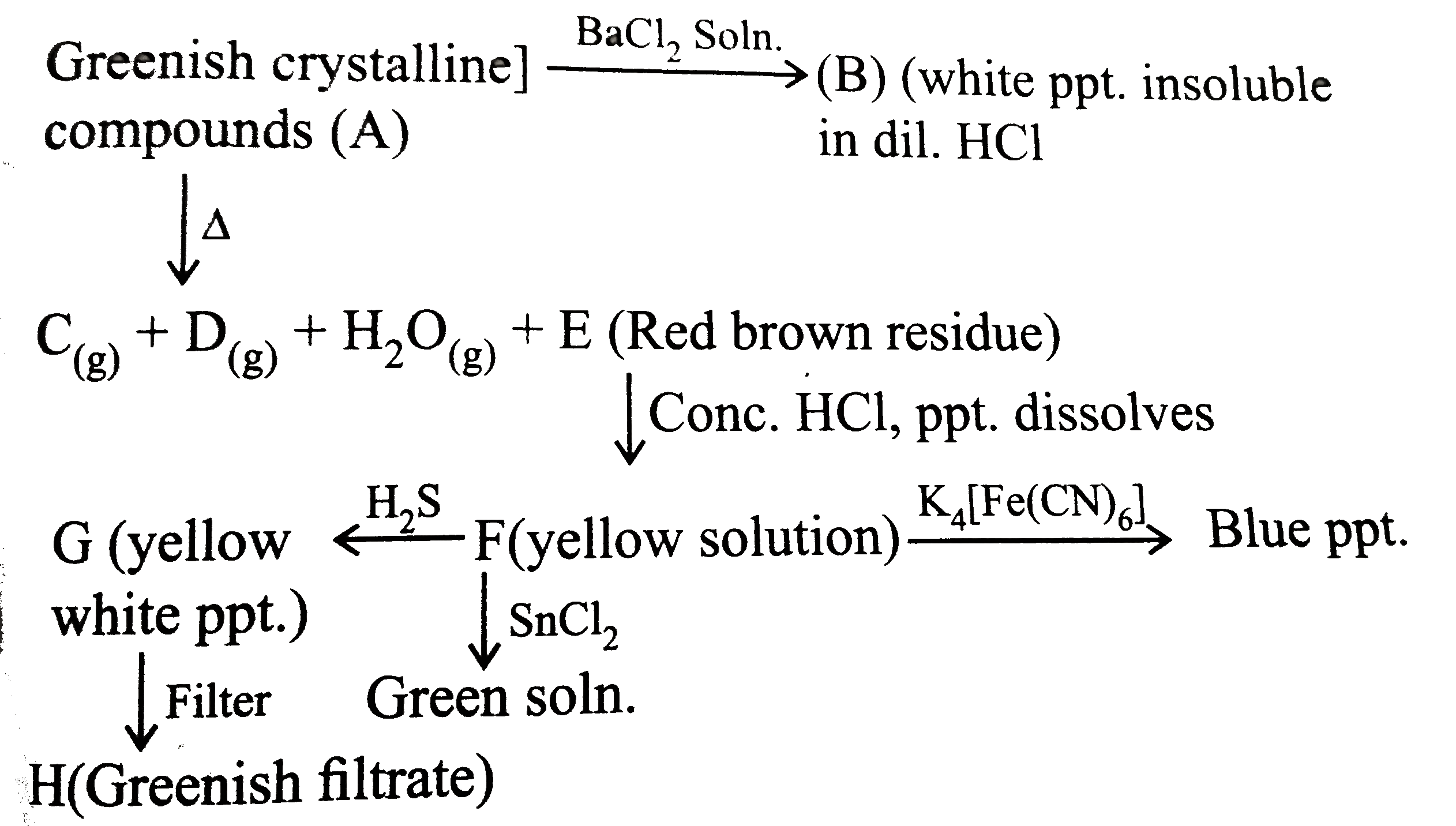Arrange the following steps in a sequence involved in the working of a rocket.
(A) Gases are produced when the fuel in the com bustion chamber is burnt.
(B) The gases come out with great force which is an action.
(C) The hot gases are allowed to escape through a nozzle.
(D) Due to this, the rocket moves with great speed in the other direction.
(E) As a reaction, the gases exert an opposite force on rocket.
ACBED
AECBD
BEACD
CABED
The correct Answer is:A
To arrange the steps involved in the working of a rocket in a proper sequence, we can follow these steps:
1. Step A: Gases are produced when the fuel in the combustion chamber is burnt.
- This is the initial step where the fuel undergoes combustion, leading to the production of hot gases.
2. Step C: The hot gases are allowed to escape through a nozzle.
- After the gases are produced, they need to be directed out of the rocket. This is done through a nozzle, which helps in controlling the direction and speed of the gases.
3. Step B: The gases come out with great force which is an action.
- As the gases exit the nozzle, they do so with a significant amount of force. This force is the action that propels the rocket.
4. Step E: As a reaction, the gases exert an opposite force on the rocket.
- According to Newton's third law of motion, for every action, there is an equal and opposite reaction. The force of the gases leaving the rocket creates a reaction force that pushes the rocket in the opposite direction.
5. Step D: Due to this, the rocket moves with great speed in the other direction.
- Finally, as a result of the reaction force, the rocket accelerates and moves upward with great speed.
So, the correct sequence is: A, C, B, E, D.
- This is the initial step where the fuel undergoes combustion, leading to the production of hot gases.
- After the gases are produced, they need to be directed out of the rocket. This is done through a nozzle, which helps in controlling the direction and speed of the gases.
- As the gases exit the nozzle, they do so with a significant amount of force. This force is the action that propels the rocket.
- According to Newton's third law of motion, for every action, there is an equal and opposite reaction. The force of the gases leaving the rocket creates a reaction force that pushes the rocket in the opposite direction.
- Finally, as a result of the reaction force, the rocket accelerates and moves upward with great speed.
Topper's Solved these Questions
- OUR UNIVERSE BOOK - PEARSON IIT JEE FOUNDATIONCHAPTER - OUR UNIVERSE EXERCISE - TEST YOUR CONCEPTS SHORT ANSWER TYPE QUESTION
19 Videos
- OUR UNIVERSE BOOK - PEARSON IIT JEE FOUNDATIONCHAPTER - OUR UNIVERSE EXERCISE - CONCEPT APPLICATION (LEVEL-1)
33 Videos
- OUR UNIVERSE BOOK - PEARSON IIT JEE FOUNDATIONCHAPTER - OUR UNIVERSE EXERCISE - ASSESSMENT TEST (TEST 2)
14 Videos
- MOCK TESTBOOK - PEARSON IIT JEE FOUNDATIONCHAPTER - MOCK TESTEXERCISE - MULTIPLE CHOICE QUESTION
25 Videos
- SOUNDBOOK - PEARSON IIT JEE FOUNDATIONCHAPTER - SOUNDEXERCISE - ASSESSMENT TESTS (TEST -2)
14 Videos
Similar Questions
Knowledge Check

Gases C and D areASO2,SO3BSO3,CO2CNO2,MgODZnO,SO3Arrange the following step in sequence of involvement during uropoiesis :
(A) Concentration of urine
(B) Ultrafiltration
(C ) Secretion
(D) ReabsorptionAB→D→C→ABB→D→A→CCD→B→C→ADD→C→B→AWhich of the following salt produces two gases on heating :
AKNO3BBe(NO3)2CMg(NO3)2DBoth (2) and (3)
Which of the following is the correct sequence of the noble gases in their in the periodic table ?
View SolutionWhich of the following is the correct sequence of the noble gases in their group in the periodic table ?
View SolutionThe hot waste gases escape from blast furance are
View SolutionWhich of these gases is not involved in global warming?
View SolutionThe rate of a reaction that not involve gases is not dependent on:
View Solution
